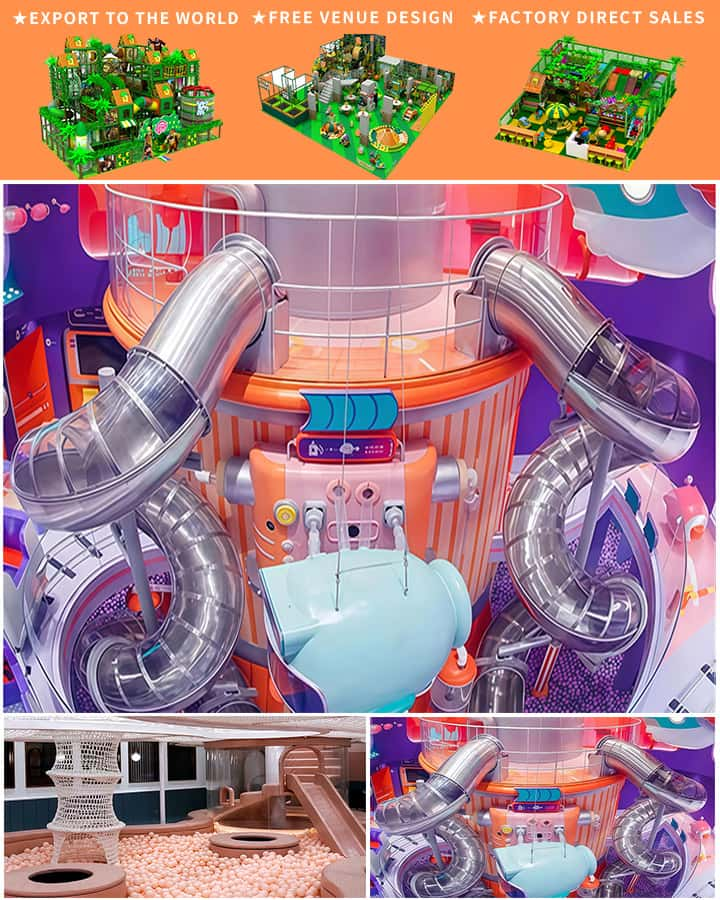In recent years, there has been a significant push towards inclusiveness in various aspects of society, including the design and accessibility of public spaces like playgrounds. One vital facet of this movement is the creation of playground equipment specifically designed for children who use wheelchairs. Ensuring that all kids can participate equally in play activities fosters social inclusion, promotes physical health, and encourages emotional well-being. Below, we explore some essential pieces of playground equipment tailored to make the joy of play accessible to every child, regardless of their physical abilities.
Accessible Merry-Go-Rounds
Merry-go-rounds are a beloved feature in many playgrounds, but traditional designs can be challenging for children in wheelchairs. Modern accessible merry-go-rounds feature ramps or gentle slopes that allow easy entry and exit for wheelchair users. They also often incorporate non-slip surfaces and safety railings to ensure that all children, including those with mobility issues, can enjoy a fun and secure ride. By providing these adaptations, merry-go-rounds become a shared source of delight and interaction among children.
Adaptive Sandboxes
Sandplay is a fundamental part of childhood development, encouraging creativity and sensory exploration. For children in wheelchairs, traditional sandboxes can pose challenges due to height and accessibility. Adaptive sandboxes are built lower to the ground and have smooth, level surfaces, making it easier for wheelchair users to reach the sand. Additionally, these sandboxes might include ramps or transfer stations to facilitate ease of access. This inclusive design ensures that all children can experience the tactile enjoyment of playing with sand.

Inclusive Swings
Swinging is a timeless playground activity, but conventional swing sets often exclude children in wheelchairs. Inclusive swings, however, are designed to accommodate both seated and standing users. These swings come with wider seats and supportive backrests, allowing wheelchair users to enjoy the thrill of swinging safely. The inclusion of adaptive harnesses and safety belts further enhances security, ensuring that every child can partake in this classic pastime without limitations.
Wheelchair-Accessible Slides
Slides are another playground staple, offering excitement and physical exercise. For children in wheelchairs, slides present unique challenges due to their height and steep inclines. Inclusive slides are designed with broader platforms and gentler gradients, ensuring safe and easy access. Some slides even feature additional support elements such as guardrails and non-slip materials, making the sliding experience enjoyable and secure for wheelchair users.
Sensory Play Areas
Children in wheelchairs, like all kids, benefit immensely from sensory experiences that stimulate their senses. Sensory play areas are specifically designed to engage multiple senses through touch, sound, and sight. These areas typically feature textured surfaces, musical instruments, and interactive exhibits positioned at wheelchair-accessible heights. By creating an inclusive environment where sensory exploration is possible for everyone, these play zones contribute significantly to the holistic development of children with mobility challenges.
Importance of Inclusive Playgrounds
The importance of designing playgrounds with inclusivity in mind cannot be overstated. Play is a critical component of childhood development, aiding in physical health, social skills, and emotional growth. When playgrounds are accessible to all children, it sends a powerful message of equality and belonging. It allows children in wheelchairs to interact freely with their peers, build friendships, and feel valued as members of the community.
Moreover, inclusive playground equipment encourages empathy and understanding among all children. Witnessing their peers using adaptive equipment helps dispel stereotypes and fosters an appreciation for diversity. This early exposure to inclusivity paves the way for a more accepting and compassionate society.
Conclusion
Creating playgrounds equipped with inclusive features is a crucial step toward ensuring equal opportunities for all children. The thoughtful design of accessible merry-go-rounds, adaptive sandboxes, inclusive swings, wheelchair-accessible slides, and sensory play areas allows children in wheelchairs to enjoy the same freedom and joy of play as their peers. As communities continue to prioritize inclusivity, we move closer to a world where every child can play, learn, and thrive together.




